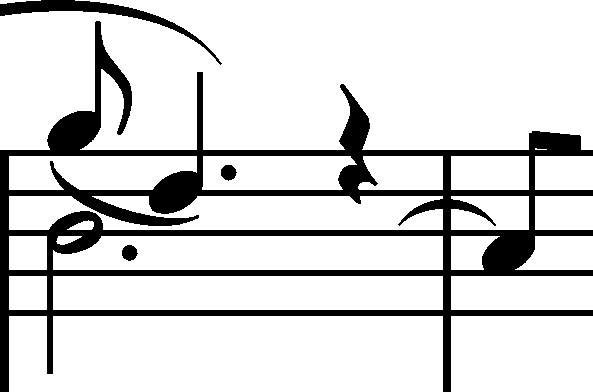Op. 2, Variations in B♭ major
Op. 10, 12 Etudes
Op. 11, Concerto in E minor
Op. 21, Concerto in F minor
Op. 22, Polonaise in E♭ major
Op. 24, 4 Mazurkas
Op. 25, 12 Etudes
Op. 26, 2 Polonaises
Op. 27, 2 Nocturnes
Op. 28, 24 Preludes
Op. 30, 4 Mazurkas
Op. 35, Sonata in B♭ minor
Op. 50, 3 Mazurkas
Op. 63, 3 Mazurkas
Op. 64, 3 Waltzes
(Op. 4), Sonata in C minor




Op. 24 No. 1, Mazurka in G minor
The short slurs in A reaching the quavers a1 at the beginning of bars 5 and 13 (and also bars 53 and 61):  look like ties that Chopin normally wrote in precisely such a characteristic manner. As there are no notes in previous bars that could be tied to a1, we need to assume that those curved lines are phrasing marks after all, which results in the notation as given in GE (→FE→EE) and our main text. Such an interpretation of the notation of A did not meet with any objection from Chopin; the composer even added fingering in one of those fragments in FES.
look like ties that Chopin normally wrote in precisely such a characteristic manner. As there are no notes in previous bars that could be tied to a1, we need to assume that those curved lines are phrasing marks after all, which results in the notation as given in GE (→FE→EE) and our main text. Such an interpretation of the notation of A did not meet with any objection from Chopin; the composer even added fingering in one of those fragments in FES.
Anyway, the use of such atypical notation is intriguing, as the discussed slurs are written - clearly and precisely (with the exception of bars. 52-53) – as many as four times.
category imprint: Interpretations within context; Source & stylistic information
issues: Inaccurate slurs in A
notation: Slurs
Back to note